If you’ve read my other posts here on The Grow Network, you may have noticed that I mention weed pizza fairly often. And some of you may be wonder what, exactly, a weed pizza is. So I thought that today would be a great day to show you how to make one.
Weed pizzas are one of my favorite ways to eat wild, edible plants. They’re also a great way to introduce people to foraging. I mean, who doesn’t like pizza?
To make a weed pizza, you just make a pizza and add weeds. You can mix traditional ingredients with your foraged flora to make the ultimate in supreme pizzas.
Of course, the easiest way to do this is to buy a frozen pizza from the supermarket and add on your extra toppings. But who wants to do that? Rather, let’s make a homemade weed pizza together!
Easy Homemade Pizza Dough Recipe
First off, we’ll need some pizza dough. I use a really simple and quick dough recipe. It yields a thin, crispy crust. It’s nothing fancy, but I made a short video, viewable below, to show you my method. If you like thicker crusts, or already have a favorite recipe, go ahead and use your own.
I typically make an herb-infused crust by adding a variety of spices from my herb garden. I’m not using any wild edibles in the crust today. However, you could add peppergrass seeds or diced pieces of one of the spicy knotweeds to give it some kick.
Smaller herbs that might fall off the finished pizza are also welcome here. Wood sorrel leaves, dandelion petals, redbud blossoms, and elm seeds are examples.
Pizza Sauce (Plain and Simple)
Next we add the sauce.
I use plain tomato paste. I can only hope that you’ll forgive me for my pizza sins.
What can I say? I like it.
If you’d really like to up your pizza’s foraging factor, try adding husk tomatoes to your pizza sauce. However, you’ll need to do a taste test to make sure you picked an edible variety. Cook a few first. If they have a bitter taste after cooking, don’t use them. You’ll have to find a different plant and try again.
13+ Delicious, Nutritious Weed Toppings
Now we add toppings. This is where it really gets fun.
Homemade pizzas are really just edible arts and crafts.
You can add all of your “normal” toppings like cheese, meats, and veggies from your crisper or your garden. Intersperse those with any wild, weedy edibles you have growing around you.
Here’s a short video to show the process. But be sure to read on, and I’ll give you the lowdown on some of my favorite toppings.
Purslane
This is my all-time favorite weed pizza topping. It’s probably growing in your garden right now, and it’s amazingly nutritious and delicious. Watch your kids scarf down slice after slice.
You May Also Enjoy: “Purslane: The Omega-3 You Can Grow For Free! (With Recipe)”
Violets
The flowers shrink during the cooking process, but they still retain their color, giving you one of the prettiest pizzas you’ll ever see. Bring this pizza to a potluck and listen for the “oohs” and “ahhs.” But that’s not the only part of the violet you can eat. I like the leaves even better than the blooms. Once cooked, they give a really satisfying crunch. Young leaves taste better, but old ones are edible, too.
Dandelion
The leaves pair well with a savory, meaty pizza. Just don’t go crazy or you’ll quickly have a bitter pizza that no one will touch. The flower petals can also be sprinkled around for some extra color.
You May Also Enjoy: “Dandelions: 31+ Medicinal and Culinary Uses for the King of Weeds”
Carpetweed
This weed isn’t much to look at, but it makes a fine topping. You might want to mix it in with the dough, as it tends to burn easily. Also, harvest only the tender growing tips or you’ll be gnawing on a pizza topped with inedible sticks.
Chickweed
Be sure to try this delicate, cool-weather plant while it’s available in the spring and fall. You’ll love how well the tender texture and mild flavor mix in with your other toppings. Just be sure to harvest young plants, or the growing tips of older plants. Older stems get stringy and tough.
You May Also Enjoy: “Grow a Weed Garden! Identifying and Using Chickweed”
Wild Onion/Garlic
I love onions on my pizza. I mean, I really love onions on my pizza. I would say that it borders on unhealthy, except that onions are much too healthy for that. In any event, wild onions and garlic make an excellent complement to or replacement for garden onions. Please note that wild alliums (garlic and onions) tend to have a much more intense flavor than their tame counterparts. Even I can get overwhelmed by them. So go light your first time, and work your way up toward the ideal amount.
Knotweed (Smartweed)
Many plants in this group will really bring the heat. The trouble is that they take several seconds to start working, so by the time you notice you’ve added too much, it’s too late to spit them out. Dice them finely and sprinkle them lightly over the pizza, or add them into the crust.
Lady’s Thumb
This is such a nice, well-behaved member of the knotweed clan. She isn’t spicy, like those knucklehead cousins of hers. Lady’s thumb is a mild topping that can be added to your heart’s content.
Common Mallow
This is another good choice for a mild, tender, green pizza toping. As with most plants, the young leaves are more tender and taste better. But older mallow leaves are perfectly acceptable, in my experience.
Prickly Pear
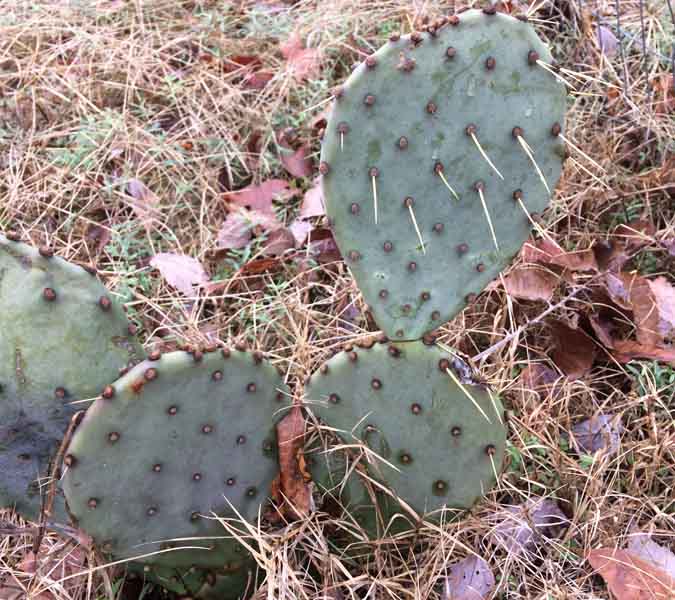
De-spined and sliced, prickly pear pads are something like bell peppers. That’s not a perfect comparison, but it gives you the basic idea. In any event, they’re available year-round, which makes them a great weed pizza choice at times of the year when not much else is available.
Bittercress
Like many other members of the mustard family, bittercress will happily lend its spicy flavor to your pizza. The roots taste like horseradish. If you don’t have bittercress, just find any mustard family plant and sample it for spiciness. All mustards are edible, so you’re not going to poison yourself. If you need a refresher on identifying the mustard family, check out this article:
You May Also Enjoy: “How to Not Die While Wildcrafting: 15 Rules for Foraging Safely”
Elm Seeds
These can be added to the crust or sprinkled over the top of your pizza. The flavor can vary somewhat from species to species and from tree to tree. Find a tree you like and load up on seeds. Most elms produce seeds in early spring, but the seeds can also be dried and stored for later use.
Goosefoot (Lamb’s Quarters, Wild Spinach)
This is yet another mild-tasting, pleasant green. The younger leaves are more tender and taste milder. Older leaves are still perfectly edible. These power-packed leaves will also boost the nutrition content of your pizza.
Peppergrass (Poor Man’s Pepper, Pepperweed)
This is a classic pepper substitute. It’s a widespread, common member of the mustard family. The taste is not exactly like black pepper, but it certainly brings the heat. The seeds can be dried for storage. Sprinkle them on top of your pizza or mix them into the dough.
There’s a whole world of edible plants out there, but only so many pizzas in one lifetime. Share the knowledge. Spread that weed pizza goodness!
What Do You Think?
Would you try a weed pizza? Let me know how it goes. Can you suggest any toppings I missed? Tell us in the comments.
_______________________________________________________
Psst! Our Lawyer Wants You to Read This Big, Bad Medical Disclaimer –> The contents of this article, made available via The Grow Network (TGN), are for informational purposes only and do not constitute medical advice; the Content is not intended to be a substitute for professional medical advice, diagnosis, or tr犀利士
eatment. Always seek the advice of a qualified health care provider with any questions you may have regarding a medical condition. If you think you may be suffering from any medical condition, you should seek immediate medical attention. You should never delay seeking medical advice, disregard medical advice, or discontinue medical treatment because of information provided by TGN. Reliance on any information provided by this article is solely at your own risk. And, of course, never eat a wild plant without first checking with a local expert.
_______________________________________________________

Scott Sexton is a TGN Trailblazer, a highly experimental gardener, an unrelenting weed-eater, and a largely non-profit herbalist (much to his wife’s chagrin). When Scott is not teaching foraging classes, testing out theories in the garden, or grazing in the forest, he can be found at his Facebook page, “A Forager’s Guide to the Zombie Apocalypse.”

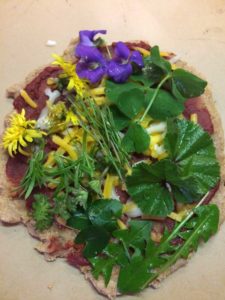
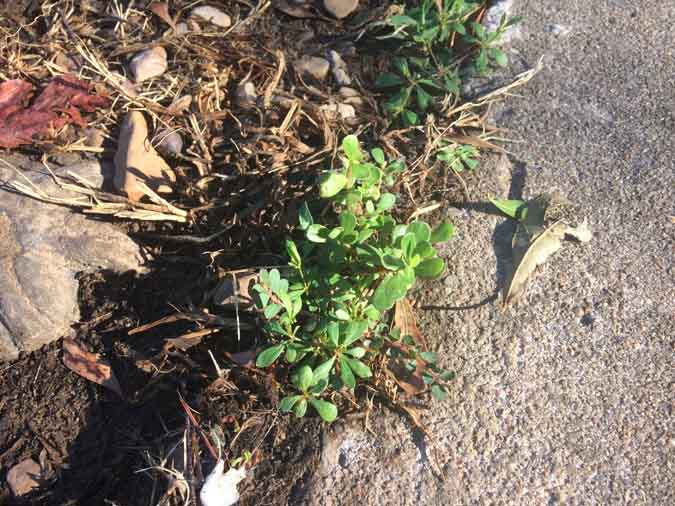
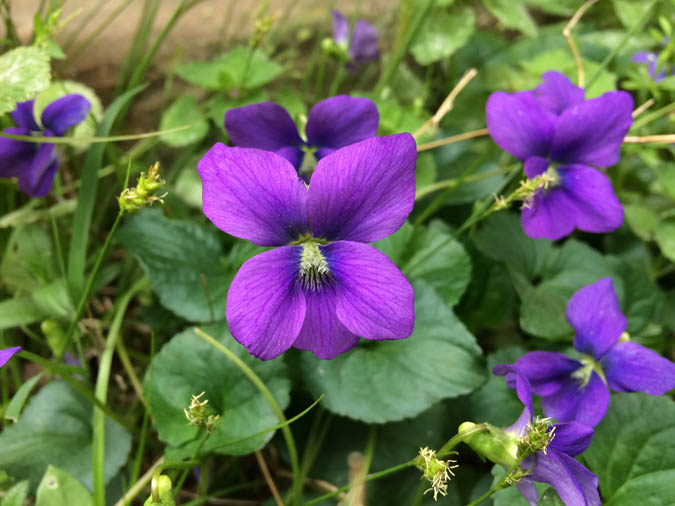
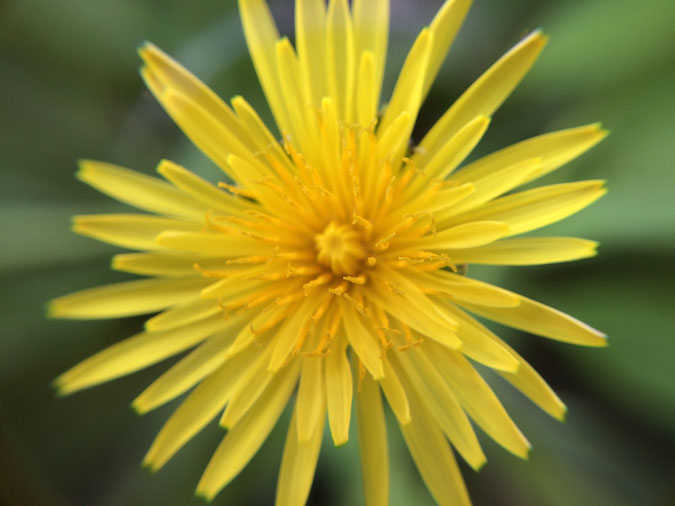
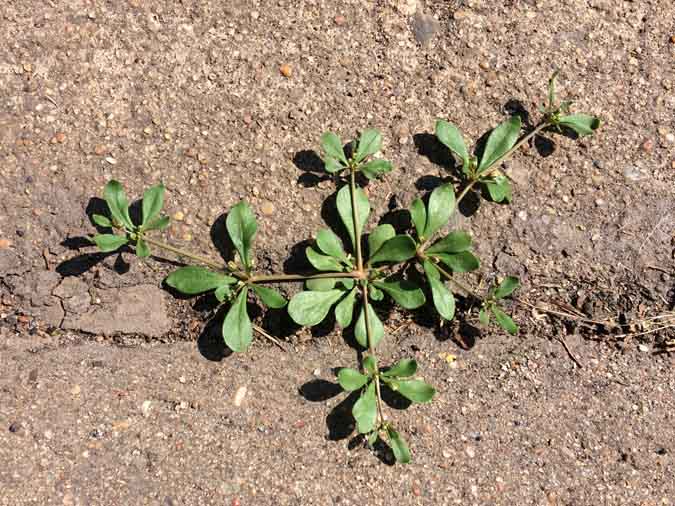
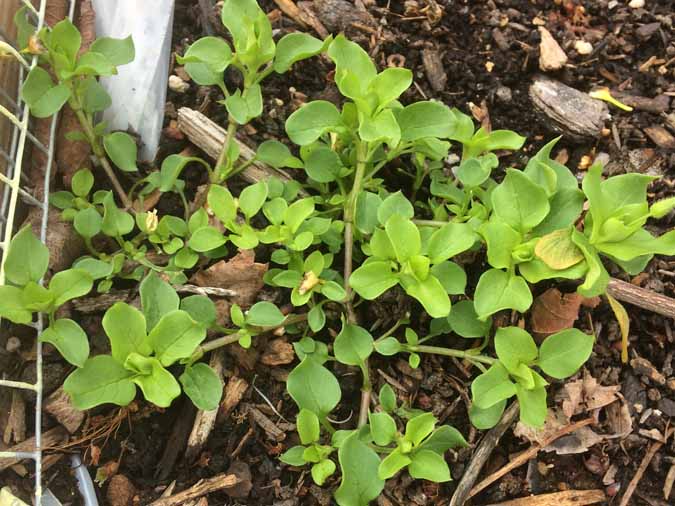
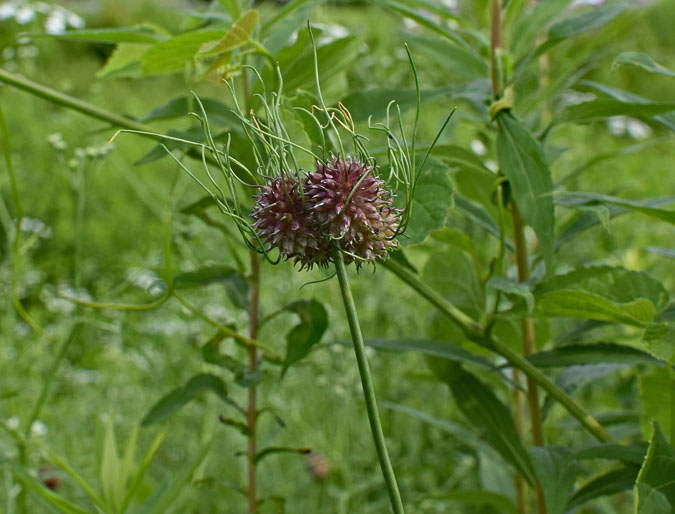
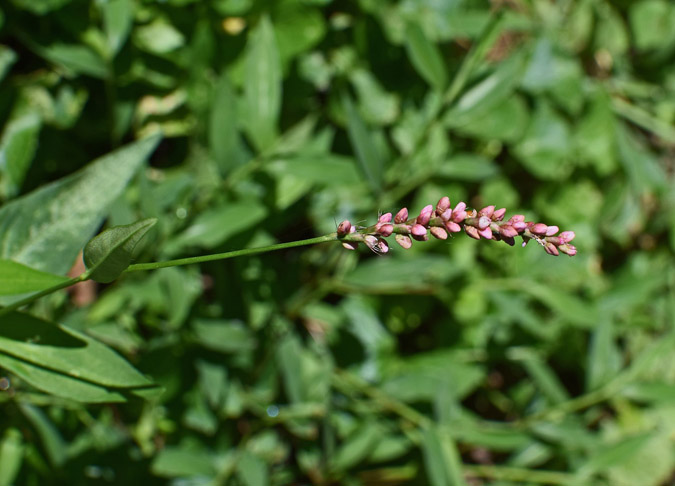
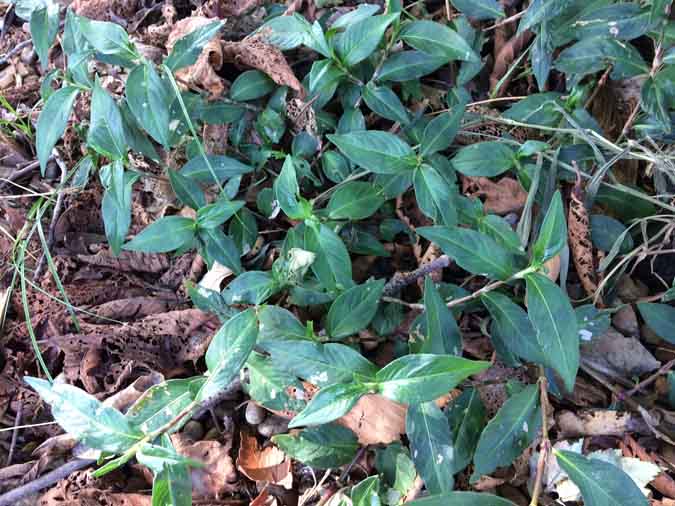
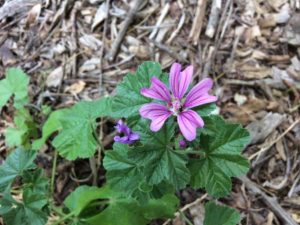
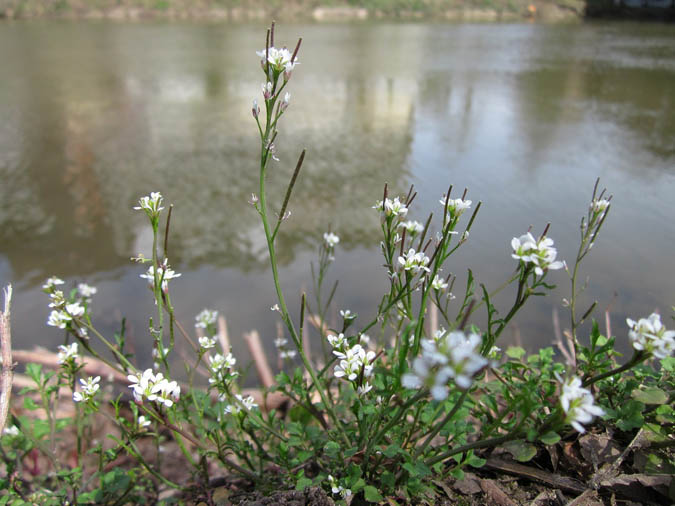
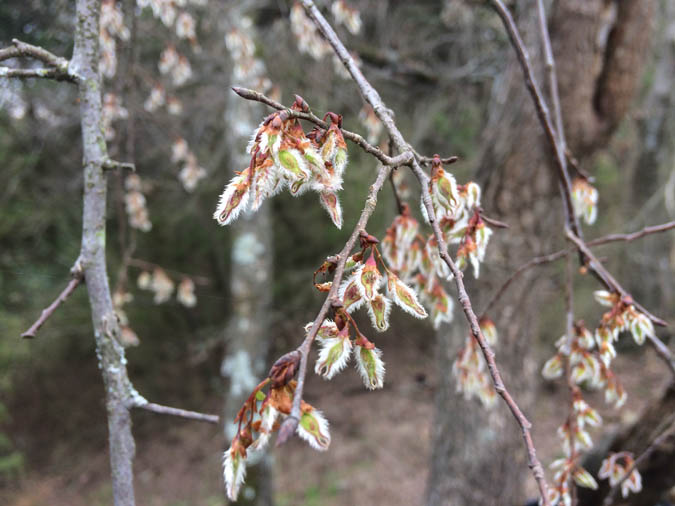
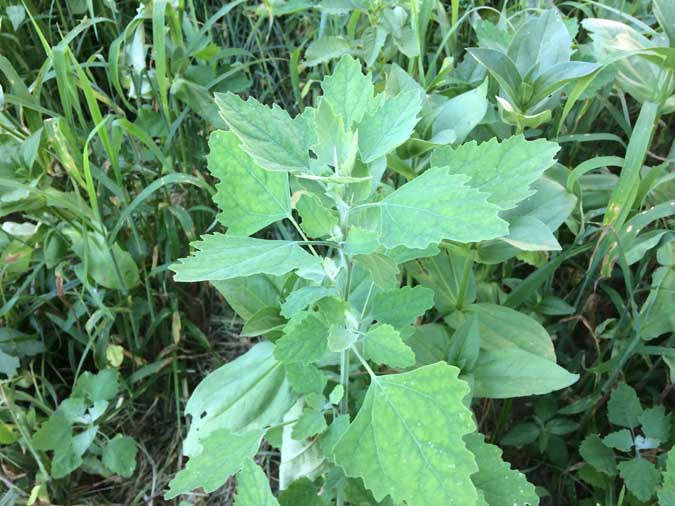
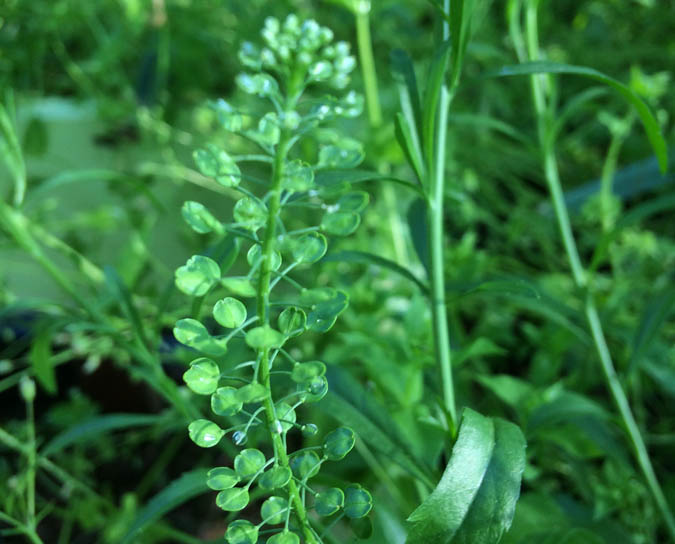







COMMENTS(12)
Got lots of Lambs Quarters growing out back of my house….will definitely have to try this on my husbands yummy homemade pizza, thanks Scott.
That’s awesome, Sharon! Would you consider sharing your husband’s homemade pizza recipe with us, too? We’re about to embark on some homemade pizza adventures in our house, and we always like to try several recipes before we “adopt” one for posterity! 🙂 Thanks! 🙂
Lelt me know how you like it!
I think parmesan goes well with lambs quarters pizza. Or feta. Yum!
Hey Scott, thanks for the post and the videos! I’m still flabbergasted by your wild forage adventure by the way! 🙂 Please do you know of any substitute to flour for the pizza that still makes a delicious tasting thin crust like yours? Thanks a lot.
Hi Nadia! That’s a great question. You could harvest a wild grain and go through all the processing to make it into a flour. But you will likely need a binder to hold it together.
I’ve actually had an idea bouncing around in my head to try out a combination of wild sweet potato and acorn flour. It may be complete craziness. I’ll give it a try this fall when the acorn crop comes in.
I’ve used 2 recipes for flour-less pizza dough..one is more complicated one is simple..you can choose 🙂 both are yummy
Crust:
1 head cauliflower
1 cup organic, cheddar cheese
1 large organic egg
Preheat your oven to 400 degrees.
Cut your cauliflower head into quarters and place in a food processor or blender. Process until rice-like in texture.
Place on your stove in a pan and cover with a lid. Heat on medium-low, stirring occasionally, until slightly heated.
Pat dry with a paper towel or cloth. Be careful, it will be hot.
Add to a bowl with freshly shredded cheese and egg. Stir until combined and a bit sticky, like a dough.
Spread onto a greased pizza stone. You can push it down with your hands to form out a circular crust.
Bake for 25-30 minutes.
Remove from oven and top with your favorite toppings: I used red sauce, broccoli, mushrooms, onions, garlic, and a little bit of cheese.
Bake for 5-10 minutes.
OR
3/4 cup organic Cauliflower, steamed
3/4 cup organic Chickpeas, drained and rinsed (any white bean will work)
3/4 cup organic Sweet Potato, baked
2 Tbsp organic Golden Flaxseed, milled
1/8 tsp organic Cumin
2 tsp Organic Italian Seasoning
2 tsp Organic Onion Powder
2 tsp Organic Garlic Powder
2 Tbsp Nutritional Yeast (I use Bragg Premium Nutritional Yeast)
1 1/2 cups organic Oats, Old Fashioned Rolled
INSTRUCTIONS
Preheat oven to 400F. Line a cookie sheet with parchment paper.
Add all of the ingredients, EXCEPT the rolled oats to a food processor fitted with a “S” blade. Process the mixture until creamy and smooth.
Transfer the mixture to a mixing bowl. Add the rolled oats. Mix thoroughly.
Place 3/4 cup of mixture onto parchment paper. Shape into desired shape, size, and thickness. Repeat process (2) more times to make a total of 3 personal pan size crust. Or 1 large crust can be made. Tip: The large the circumference the thinner and crunchier the crust will be.
Bake in oven for 20 minutes. Remove crust from oven. Using a spatula, gently release the crust from the paper. Using another piece of parchment paper flip the crust over.
Crunchy Crust Option: Bake for 10 minutes then add toppings and bake for another 10 minutes. Less Crunchy Option: Top flipped crust with desired topping then bake for 10 minutes.
Those both sound amazing! I love baked cauliflower. I’m definitely going to give these a try. Thanks!
Hey Scott, Thanks for the nice plant descriptions and great pictures. I want to try adding these to salad and pizza! Question on the Bittercress plant – are there tiny seed pods on it that burst when you touch them? If so, I know exactly which plant it is ’cause I pulled a ton of it from my yard this spring (in California) – and out here we call it “Shotweed” because of how far the seeds shoot out from the pods instantly. It’s pretty hard to control the spread of it! Is this the same as Bittercress??
There are several plants in that genus that tend to be called bittercress. And you don’t have to have any specific species. Come to think of it, I’ve never tasted a bitter bittercress, but they could be out there. We had one in our yard that we called “pop plant” growing up.
Anyway, is your “shotweed” a bittercress? I can’t give you a promise without seeing it, but it’s very likely. One way to be sure is to look at the flowers. Bittercress is in the mustard family. It will have 4 petals and 6 stamens on each flower.
I love these ideas. Pizza is my weakness. There are just so many possibilities. This will be a great change up from the usually veggies. Thank you!
Thanks for the kind remarks. Pizza is my weakness too. Let me know how you like the new toppings.
Add dill weed to a variety of dishes you’ll be amazed how good it taste. It’s not just for pickling! Also it has one nutrient that only it gives. Let’s let the experts tell us only because I can’t remember it. I have been studying herbal remedies as foods for 35 years with no guidance thanks Marjorie and community I finally found like minded community.